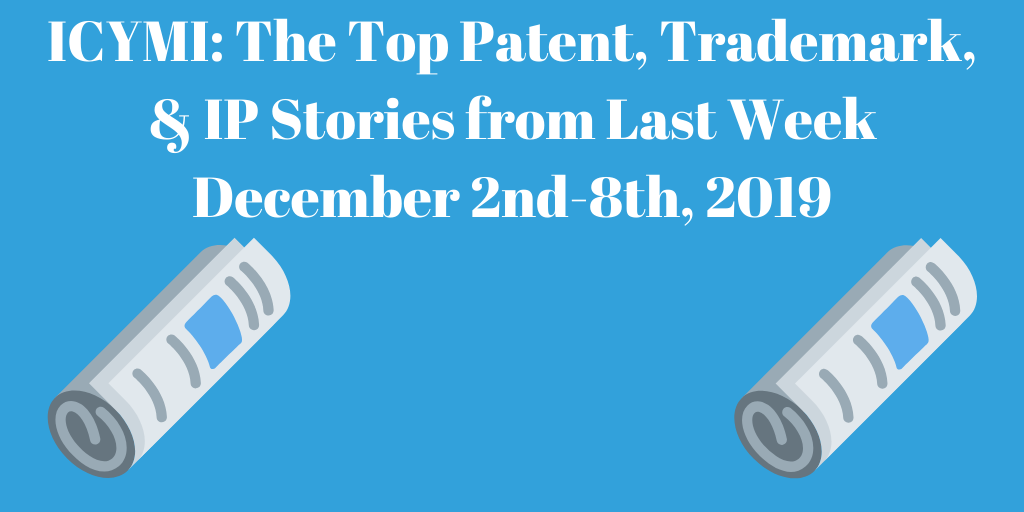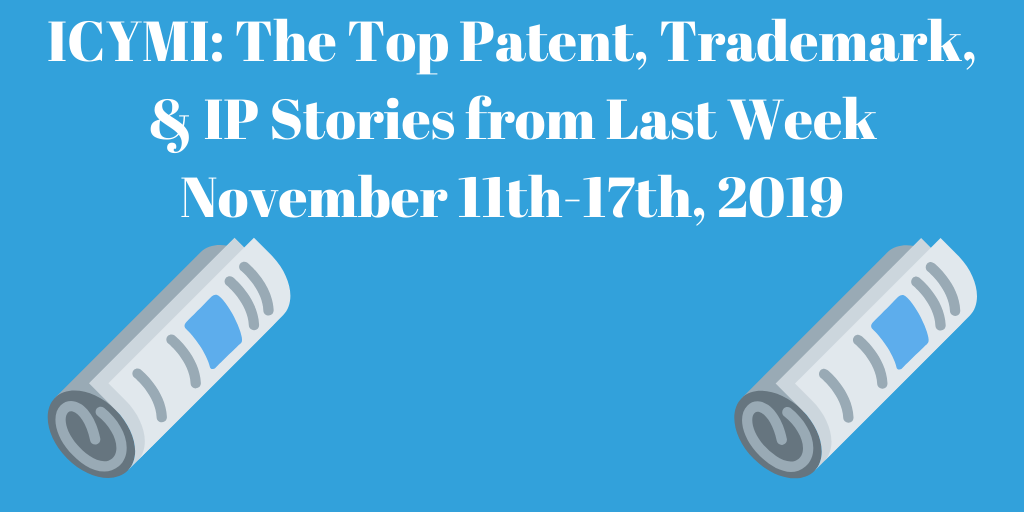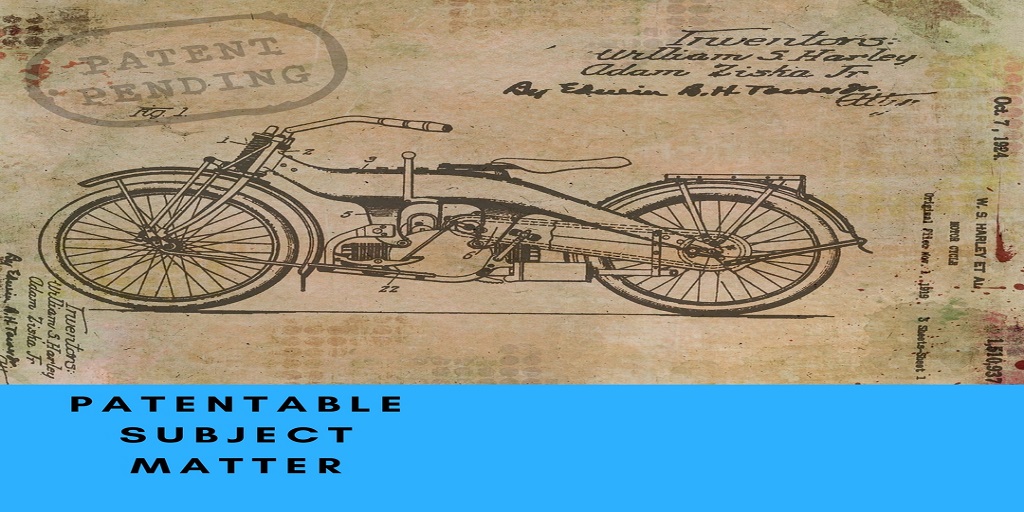Patenting of a living organism
In 1971 a microbiologist, Ananda Chakrabarty, working in a research laboratory of General Electric, created a bacterium capable of breaking down hydrocarbon components of crude oil. The genetically-engineered micro-organism held potential for use for the bioremediation of oil spills.
The following year Chakrabarty filed a patent application in the United States Patent and Trademark Office (PTO), assigned to General Electric Co.
In the PTO the patent examiner rejected Chakrabarty’s claims for the genetically engineered bacteria on the grounds that
- that micro-organisms are “products of nature” and
- that as living things they are not patentable subject matter under 35 U.S.C. 101.
When Chakrabarty appealed the rejection to the PTO Board of Appeals, the Board affirmed the examiner on the second ground contending that 35 U.S.C. 101 was not intended to cover living things.
Chakrabarty then appealed to an outside court: The Court of customs and Patent Appeals (CCPA). The CCPA reversed the PTO Board’s decision and found, in favor of Chakrabarty’s position, that living organisms are patentable subject matter. Sidney A. Diamond, Commissioner of Patents, then appealed to the Supreme Court.
The case of Diamond vs Chakrabarty was considered by the U.S. Supreme Court in 1980. The Court concisely stated the issue as follows:
“The question before us in this case is a narrow one of statutory interpretation requiring us to construe 35 U.S.C. 101, which provides:
“Whoever invents or discovers any new and useful process, machine, manufacture, or composition of matter, or any new and useful improvement thereof, may obtain a patent”
Specifically, we must determine whether respondent’s micro-organism constitutes a “manufacture” or “composition of matter” within the meaning of the statute.”
In a five to four decision (PDF) the court upheld Chakrabarty’s position that living man-made micro-organisms are patentable subject matter. In the decision Chief Justice Warren Burger noted that “The Committee Reports accompanying the 1952 Act inform us that Congress intended statutory subject matter to ‘include anything under the sun that is made by man’” He further wrote that
“the patentee has produced a new bacterium with markedly different characteristics from any found in nature and having the potential for significant utility. His discovery is not nature’s handiwork, but his own; accordingly it is patentable subject matter under 101.” (as a composition of matter or as a manufacture).
In the years since the 1980 Supreme Court decision the biotechnology industry has virtually exploded and the number of patents in the field has increased dramatically. In 1988 the so-called “Harvard Mouse” was patented (US Patent No. 4,736,866 PDF). It was the first patent issued for a transgenic animal.
Since then patents have issued for chickens, cows, mice, pigs, rabbits sheep, dogs, rats, and monkeys. Patents on the Harvard Mouse have been granted in Europe and Japan. However patent laws vary from country to country. In 2002 the Supreme Court of Canada ruled that the Harvard Mouse is not patentable subject matter in accordance with the Canadian Patent Act.




